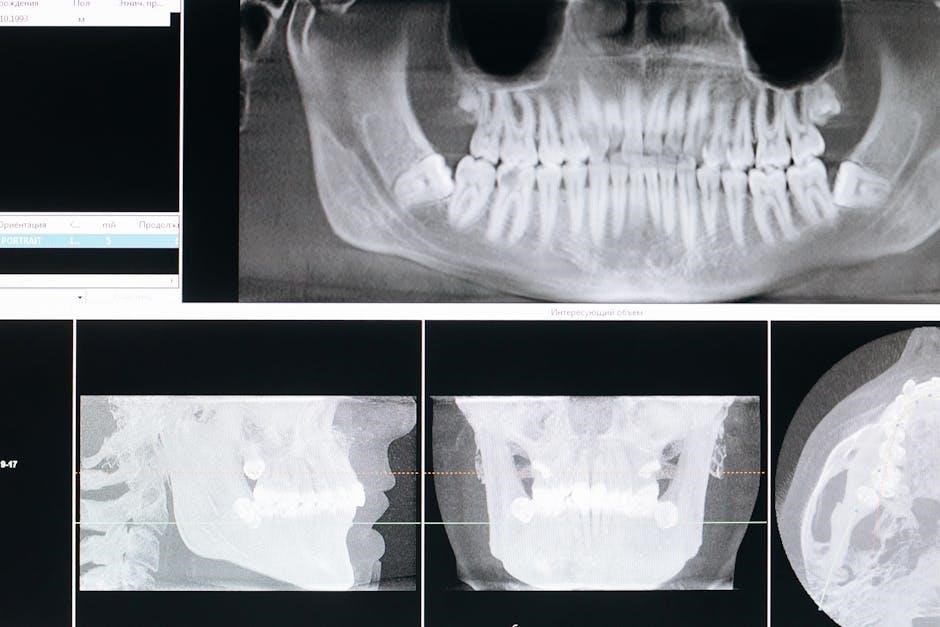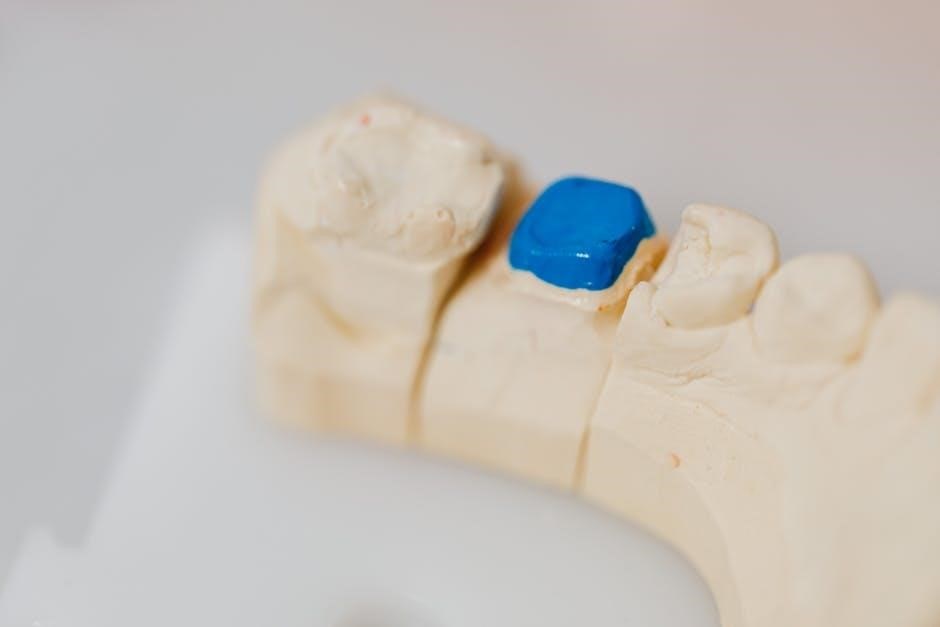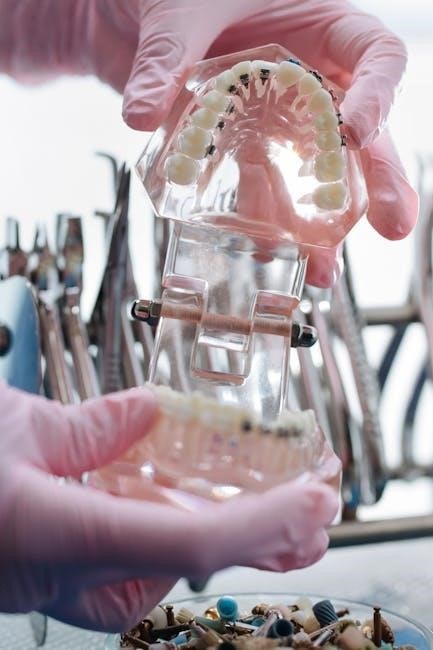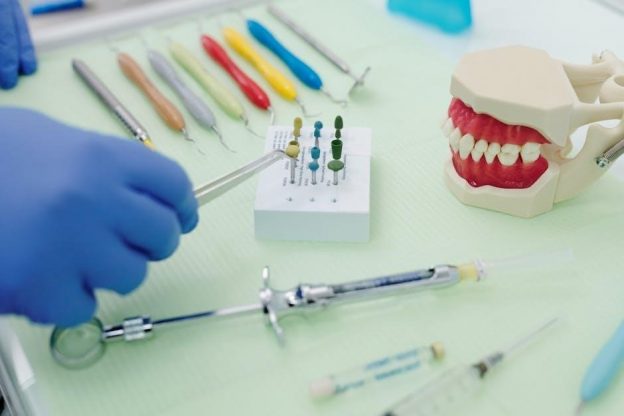Temporomandibular joint (TMJ) dysfunction affects the jaw joint, causing pain, clicking, and limited mobility․ It disrupts daily activities like chewing and speaking, often linked to stress or poor posture, but exercises and lifestyle changes can help alleviate symptoms and restore jaw function․
1․1 What is TMJ Dysfunction?
Temporomandibular joint (TMJ) dysfunction refers to a condition where the jaw joint and surrounding muscles experience abnormal movement or strain, leading to discomfort, pain, and limited mobility․ It can cause symptoms such as clicking or popping sounds when opening or closing the mouth, jaw stiffness, and difficulty chewing․ TMJ dysfunction can disrupt daily activities like speaking, eating, and even breathing․ While the exact cause is often unclear, it is frequently linked to muscle tension, stress, or poor posture․ Understanding this condition is crucial for effectively managing its symptoms and restoring normal jaw function through targeted exercises and lifestyle adjustments․


Causes of TMJ Dysfunction
TMJ dysfunction arises from muscle tension, stress, and poor posture, which strain the jaw joint and surrounding muscles, leading to pain and limited movement․
2․1 Muscle Tension and Stress
Muscle tension and stress are primary contributors to TMJ dysfunction․ When stressed, individuals often clench or grind their teeth, straining the jaw muscles and joint․ This repetitive strain can lead to inflammation, pain, and limited mobility․ Chronic stress exacerbates these symptoms, creating a cycle of discomfort․ Additionally, tight jaw muscles from tension can disrupt proper alignment, further irritating the TMJ․ Managing stress through relaxation techniques and exercises is essential to alleviate muscle-related TMJ issues․
2․2 Poor Posture and Its Impact
Poor posture significantly contributes to TMJ dysfunction by misaligning the neck and jaw․ A forward head position or slouched shoulders can strain the jaw muscles, leading to fatigue and pain․ When the neck is not properly aligned, the TMJ compensates, causing uneven wear and tear․ This misalignment often results in jaw clicking, limited mobility, and discomfort․ Over time, chronic poor posture can exacerbate muscle tension and joint inflammation, worsening TMJ symptoms․ Correcting posture through awareness and exercises can help reduce strain on the jaw joint and alleviate dysfunction․

Essential TMJ Jaw Exercises
Essential TMJ jaw exercises include techniques to improve mobility and reduce pain․ These exercises stretch, strengthen, and relax the muscles, promoting healing and proper alignment․
3․1 Chin Tucks

A chin tuck is a simple yet effective exercise for alleviating TMJ dysfunction symptoms․ It involves gently tucking the chin toward the chest while keeping the head level․ This movement helps stretch the muscles under the chin and improves posture, which can reduce strain on the TMJ․ To perform a chin tuck, stand or sit with good posture, look straight ahead, and slowly tuck your chin in, holding for 10-15 seconds․ Repeat 10-15 times․ This exercise can be done anywhere and requires no equipment, making it an ideal starting point for managing TMJ discomfort and strengthening the neck and jaw muscles․

3․2 Goldfish Exercises
Goldfish exercises are designed to stretch and relax the jaw muscles, improving TMJ function․ To perform this exercise, start with your mouth closed and your tongue resting on the roof of your mouth․ Slowly open your mouth while separating your upper and lower teeth, creating resistance by keeping your teeth apart․ Hold this position for 5-10 seconds before closing your mouth․ Repeat this 10-15 times․ This exercise helps relieve tension in the jaw muscles, improves joint mobility, and reduces clicking or locking sensations․ It is a gentle and effective way to manage TMJ discomfort and can be done anywhere, making it a convenient addition to your daily routine․
3․3 Tongue Exercises

Tongue exercises are essential for improving TMJ function by strengthening the muscles that support proper jaw alignment․ One effective exercise involves placing the tip of your tongue behind your upper front teeth․ Gently press your tongue against the roof of your mouth while opening your mouth, ensuring your jaw moves smoothly without clicking․ Hold for 5-10 seconds and repeat 10-15 times․ Another exercise is the tongue stretch: stick your tongue out as far as possible, holding for 5 seconds before retracting․ These exercises help stabilize the jaw, reduce muscle tension, and enhance overall TMJ mobility, making them a valuable part of a daily exercise routine for managing TMJ dysfunction․
3․4 Resistance Exercises
Resistance exercises are designed to strengthen the jaw muscles and improve joint stability․ Place your thumb under your chin and gently press upward while opening your mouth, creating resistance․ Hold for 5-10 seconds, then release․ Repeat 10-15 times․ Another exercise involves placing a fist under your chin and pressing downward as you try to open your jaw, ensuring no clicking occurs․ These exercises target the muscles that pull the jaw backward, helping to relax overactive muscles and improve alignment․ Regular practice can enhance jaw stability, reduce pain, and prevent dysfunction progression․ Perform these exercises gently to avoid strain, focusing on controlled movements for optimal results․
Additional Management Strategies
Beyond exercises, managing TMJ dysfunction involves lifestyle adjustments, such as using mouth guards, adhering to a soft diet, and practicing stress relief techniques to reduce jaw tension․
4․1 Posture Correction

Maintaining proper posture is crucial for TMJ health․ When the head is forward or the neck is strained, it can misalign the jaw, leading to TMJ dysfunction․ Correcting posture involves keeping the ears in line with the shoulders and ensuring the spine is straight․ Simple exercises like shoulder rolls and neck stretches can help improve alignment․ Additionally, being mindful of posture during daily activities, such as sitting at a desk or using electronic devices, can reduce strain on the jaw muscles․ Over time, consistent posture correction can alleviate TMJ symptoms and prevent further discomfort․
4․2 Diet and Nutrition
A balanced diet plays a significant role in managing TMJ dysfunction․ Avoiding hard, chewy, or crunchy foods can reduce strain on the jaw joint․ Opt for soft foods like yogurt, mashed vegetables, and tender meats to minimize discomfort․ Incorporating anti-inflammatory foods, such as fish rich in omega-3 fatty acids, can help reduce swelling and pain․ Staying hydrated is also essential, as it keeps muscles and joints lubricated․ Additionally, avoiding habits like chewing gum or biting nails can further protect the TMJ from unnecessary stress․ A well-rounded diet, combined with proper jaw exercises, can support overall jaw health and alleviate TMJ symptoms effectively․
4․3 Stress Relief Techniques
Stress is a major contributor to TMJ dysfunction, as it often leads to jaw clenching and teeth grinding․ Incorporating stress relief techniques can significantly reduce TMJ symptoms․ Meditation and deep breathing exercises help relax tense muscles, including those in the jaw․ Yoga can also improve overall muscle relaxation and posture, further benefiting TMJ health․ Progressive muscle relaxation is another effective method, focusing on releasing tension in the jaw and facial muscles․ Additionally, mindfulness practices can help individuals become more aware of harmful habits like clenching, allowing them to address these issues proactively․ By managing stress, individuals can reduce muscle tightness and alleviate TMJ-related discomfort, promoting a healthier jaw and overall well-being․
TMJ dysfunction can be effectively managed through targeted exercises, lifestyle adjustments, and stress relief techniques․ Regular jaw exercises, such as chin tucks and goldfish exercises, can improve mobility and reduce pain․ Combining these with proper posture, a balanced diet, and mindfulness practices enhances overall recovery․ While these methods are beneficial, persistent or severe symptoms may require professional intervention․ Consulting a healthcare provider ensures personalized treatment and addresses underlying issues․ By adopting a proactive approach, individuals can alleviate TMJ-related discomfort and regain optimal jaw function, leading to improved daily comfort and well-being․
